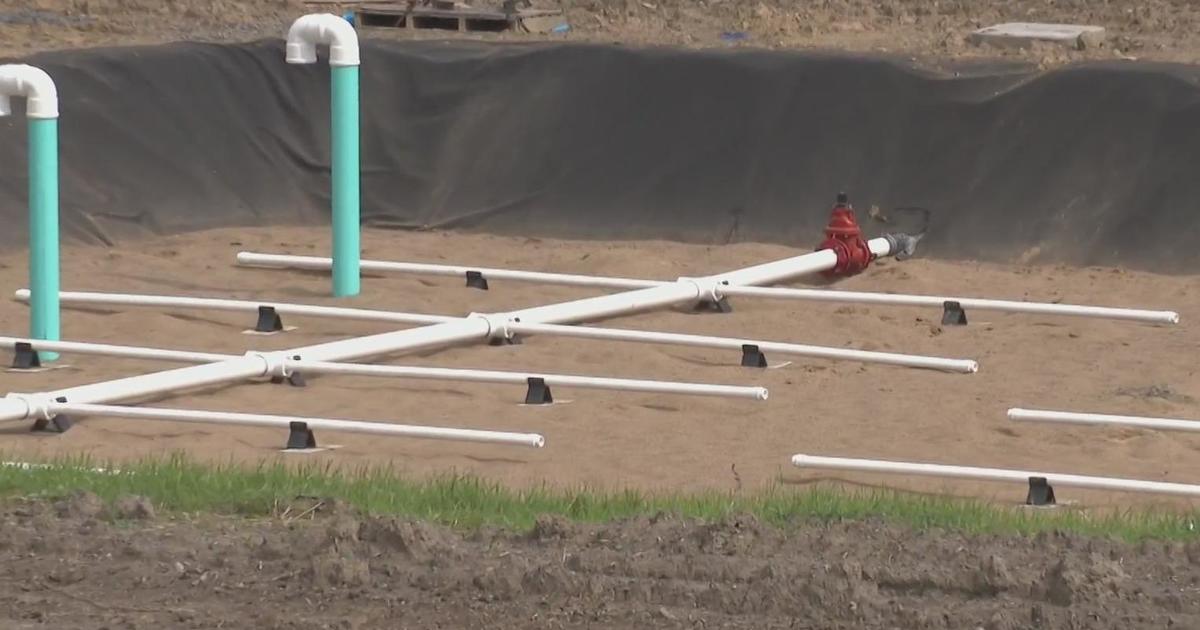As People Get Back To More Normal Activities, Here Are Some Rules To Live By
PITTSBURGH (KDKA) -- Everything we do now, outside of leaving our home, involves a calculation of risk — the risk of getting coronavirus.
The New York Times recently created "Five Rules to Live By During a Pandemic" to help us assess and minimize the risk as we get back to more normal activities.
Going to work, school and shopping once seemed like mundane activities, but there's now an element of risk in this pandemic.
The first rule to assess your risk of getting coronavirus is to "check the health of your state and community."
Under 5 percent positive tests mean there's adequate testing to keep the virus under control.
The second rule is "limit the number of your close contacts." Dr. John Williams, chief of pediatric infectious diseases at UPMC Children's Hospital, says, "We know the biggest exposure for us to acquire the virus is being close to other people who often don't know they're infected."
The third rule is to "manage your exposure budget." Much like you make tradeoffs when you're on a diet, think about your coronavirus risk exposure the same way.
For example, if you are going to work where you are exposed to many others, limit your other risks like possibly not going out to dinner.
The fourth rule is to "keep higher risk activities as short as possible."
When you make plans, ask yourself, "If someone near me is infected, how much time will I be near them?"
Dr. Williams says, "Outdoors is better than indoors because that limits the close air circulation, and limiting time is another way to limit the exposure to other people."
Dr. Williams says as you assess your risk, the most important thing you can do is make coronavirus safety a habit.
"It's just habits of trying to keep our distance, using our face coverings and masks and using hand hygiene," Dr. Williams said.



